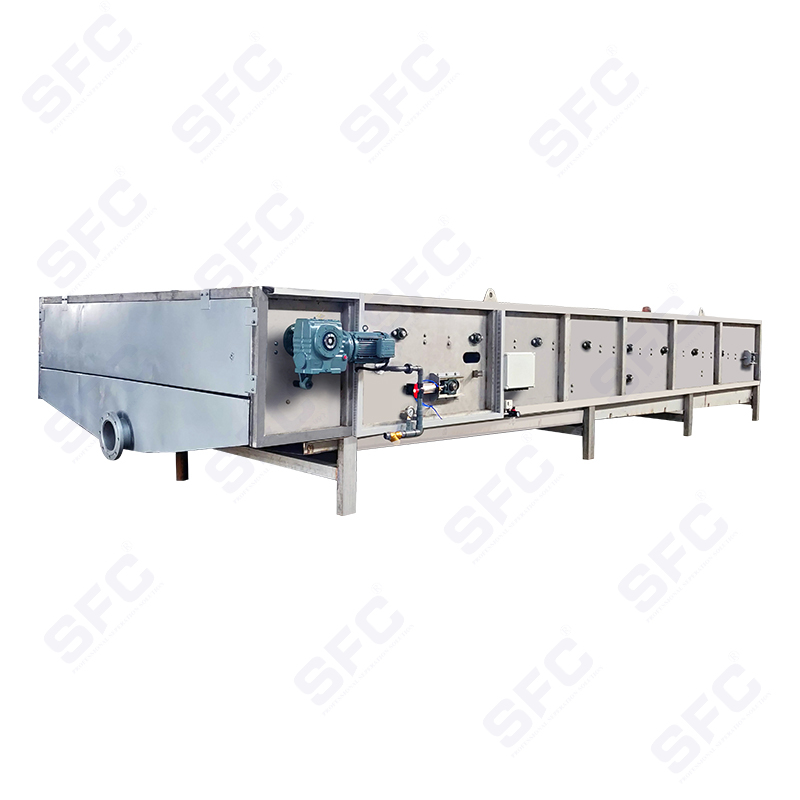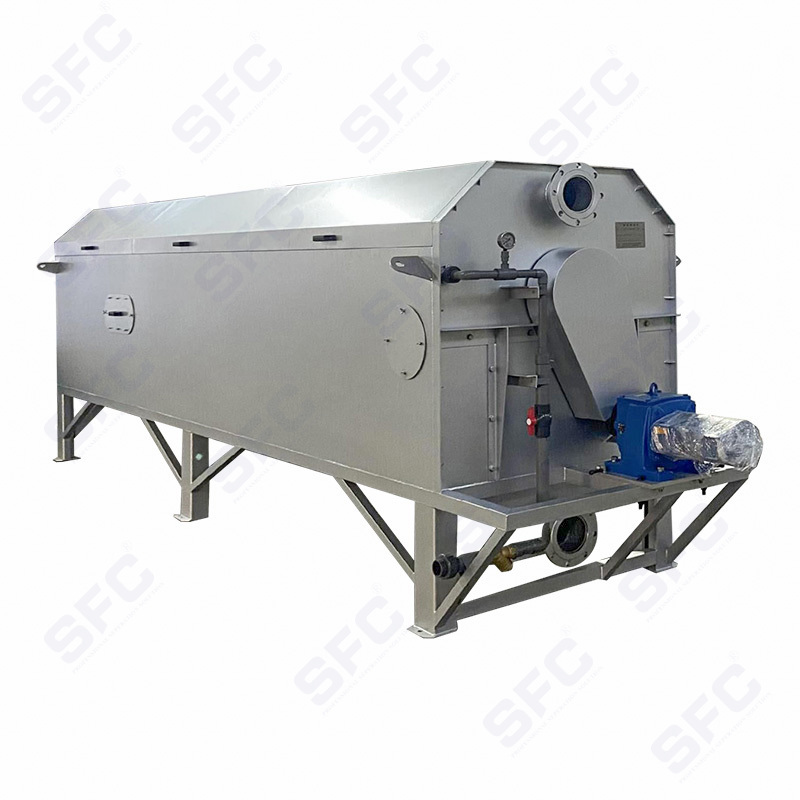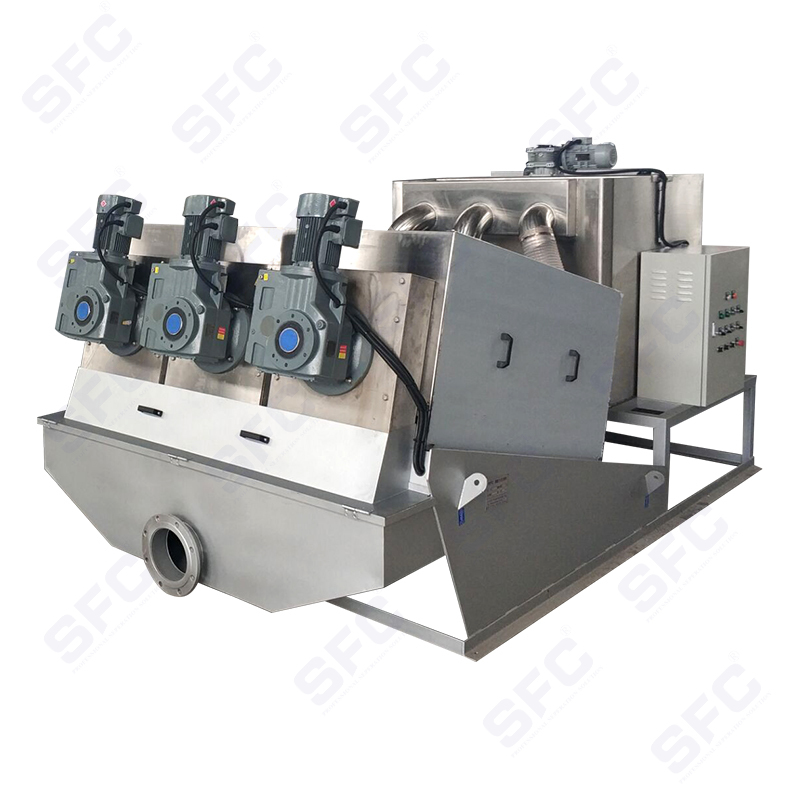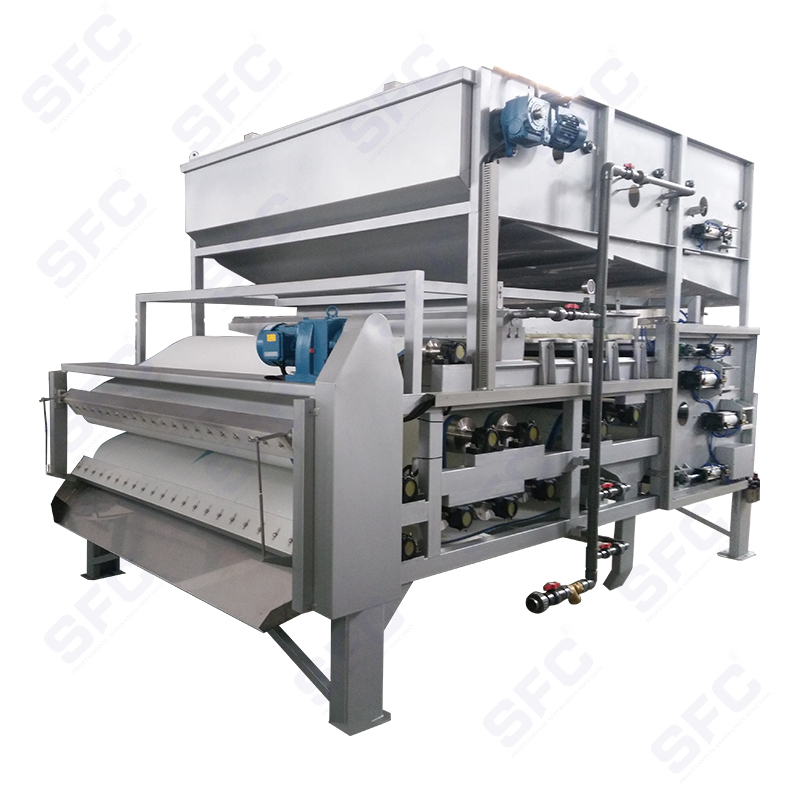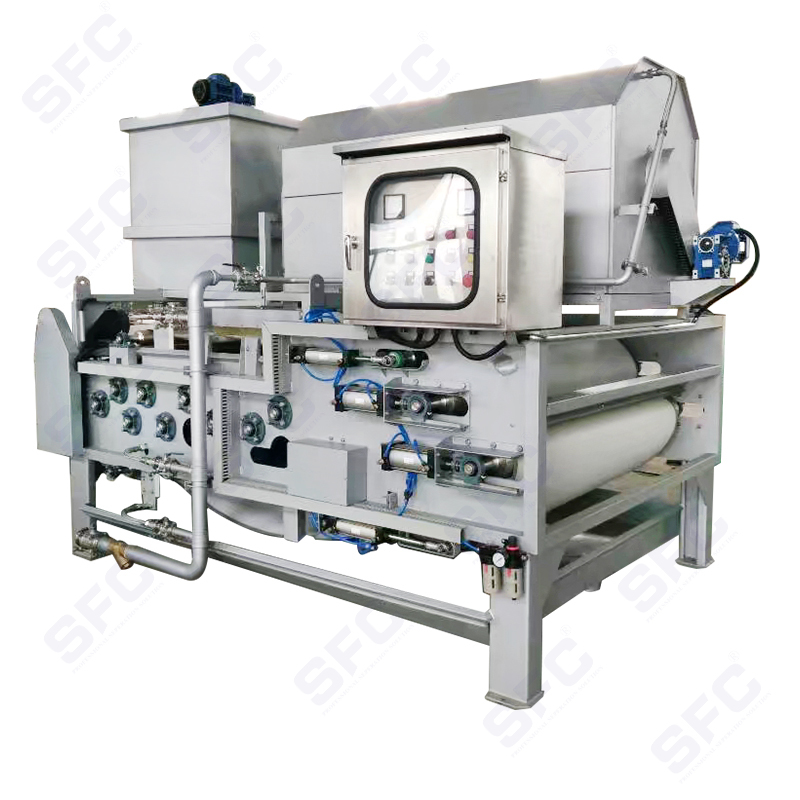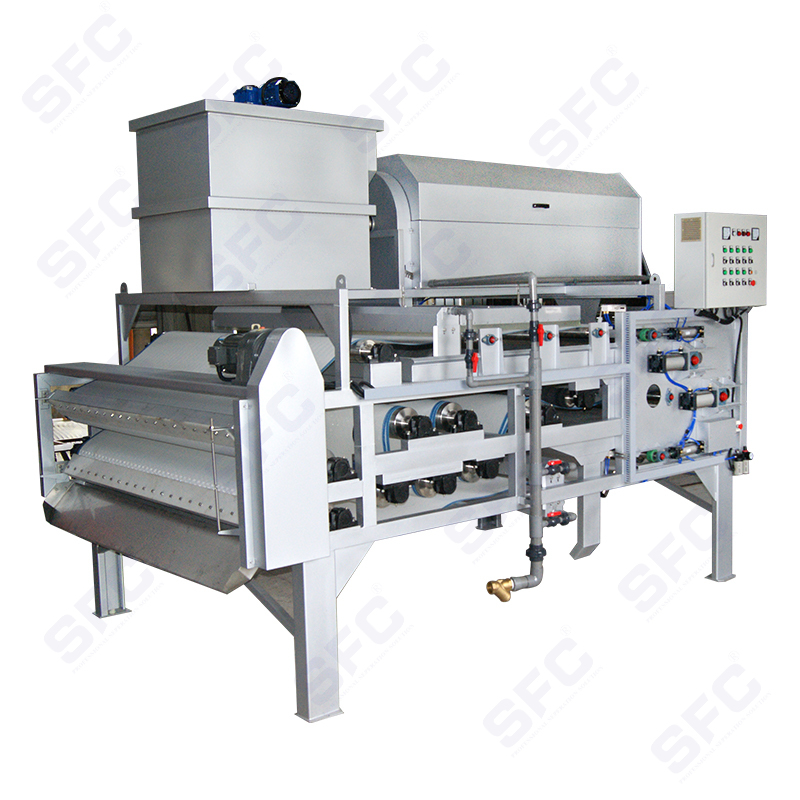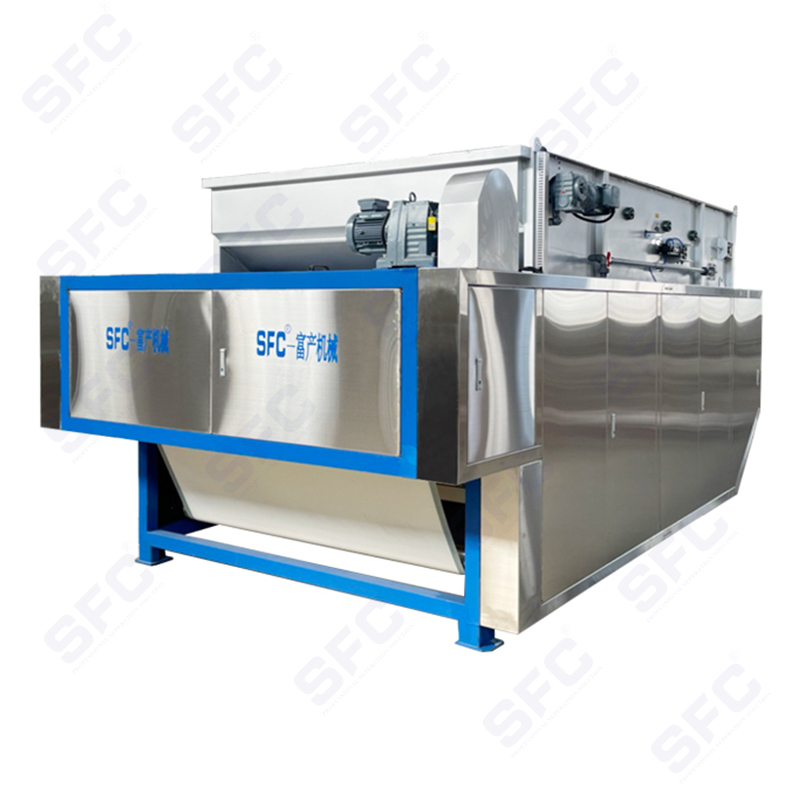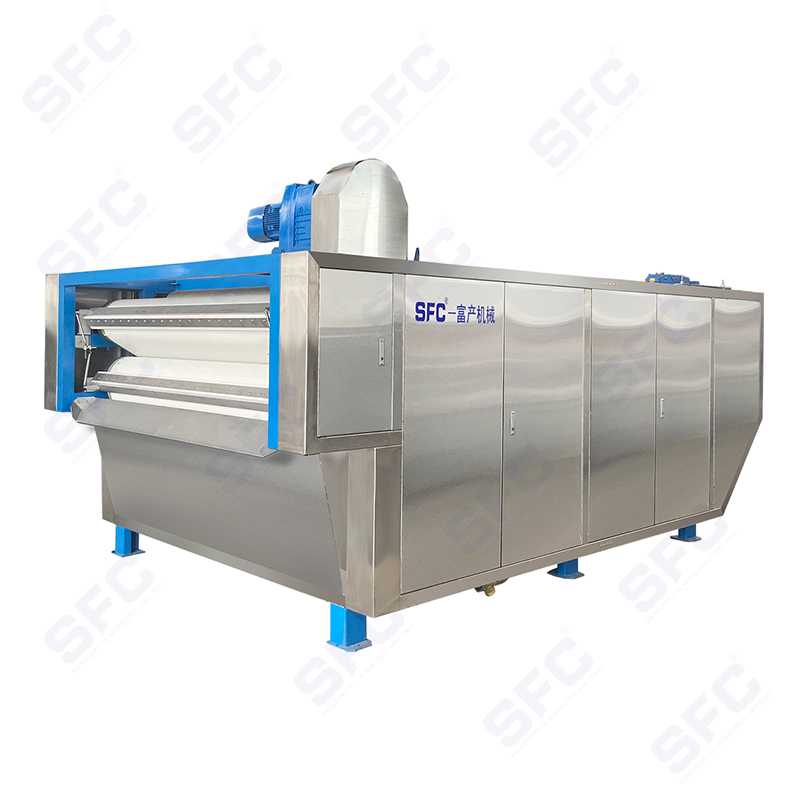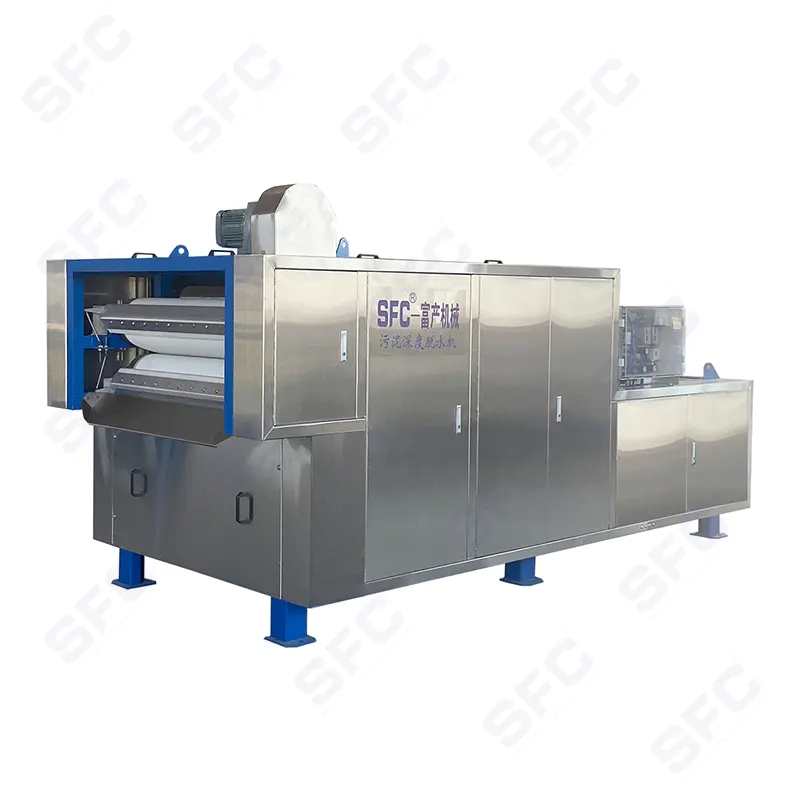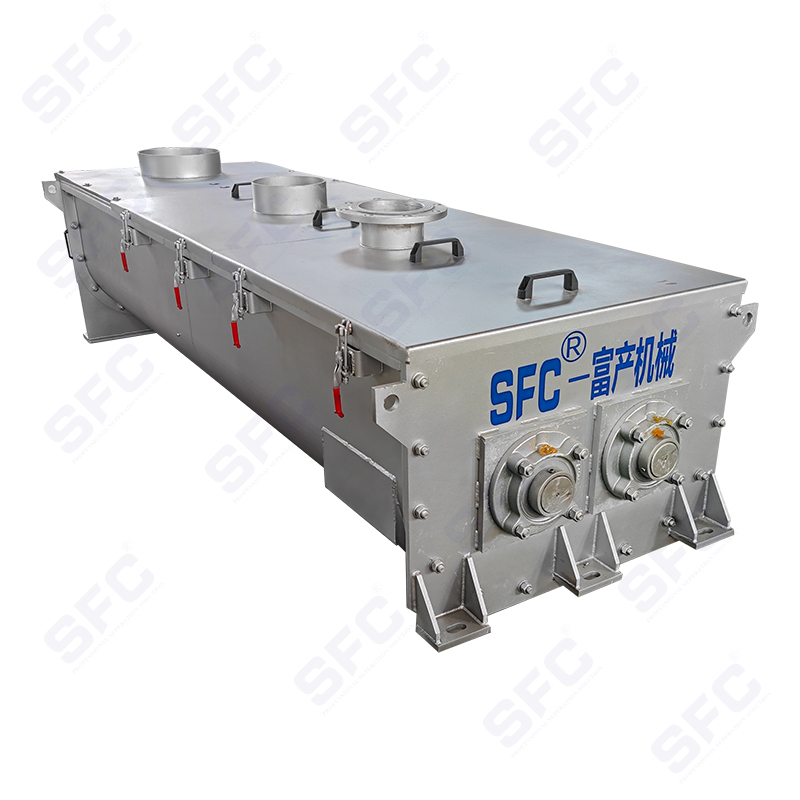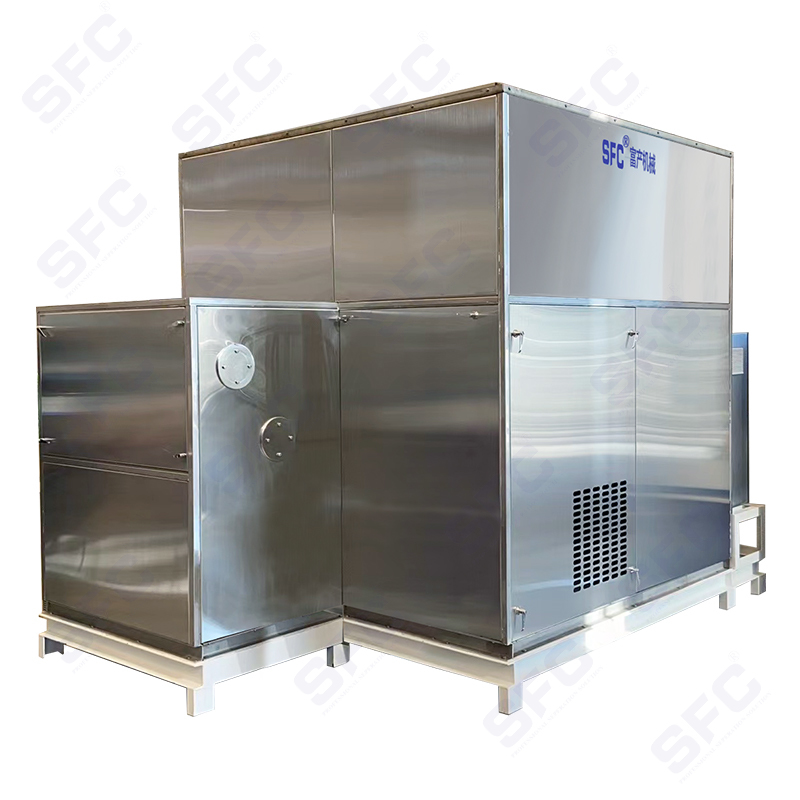What Factors Affect the Drying Efficiency of a Reciprocating Circular Sludge Dryer?
In the field of sludge treatment, the drying process is of great significance for reducing the volume of sludge and reducing the cost of transportation and disposal. As a sludge drying equipment with compact structure and high thermal efficiency, the reciprocating circular sludge dryer is widely used in municipal sewage treatment plants, paper mills, electroplating plants and other industries because of its stable operation and strong continuous operation ability. However, in the actual operation process, its drying efficiency is often affected by many factors.
1. Heat source type and heating stability
The heat source is the core energy source of the sludge drying process. Reciprocating circular dryers can use a variety of heat sources such as steam, natural gas, thermal oil, and electric heating. Different heat sources have different thermal efficiency and response speed:
Steam heating: suitable for large-scale processing systems with stable heat, but limited by steam pressure and temperature;
Heat transfer oil heating: uniform heat transfer, can maintain a stable drying temperature, and is a more common heat source;
Natural gas heating: fast heating and precise control, but high operating costs;
Electric heating: suitable for small and medium-sized equipment, but high energy consumption costs.
The stability of the heat source temperature and the heat transfer efficiency directly determine the evaporation capacity per unit time. The higher the thermal efficiency, the faster the sludge evaporates water and the higher the drying efficiency.
2. Initial moisture content and physical properties of sludge
The properties of sludge itself have a significant impact on drying efficiency, mainly including:
Initial moisture content: The higher the moisture content, the more water needs to be evaporated and the longer the drying time;
Particle size and viscosity: The finer the particles, the stronger the viscosity, the more difficult it is to release water, which affects the diffusion of water;
Organic matter content: Organic sludge has a high calorific value, but it is easy to produce odor or combustion risks;
Flocculation treatment degree: Good pretreatment can reduce the proportion of free water and improve drying efficiency.
Therefore, proper concentration, dehydration or conditioning before drying can greatly improve the drying efficiency.
3. Equipment structure design and movement mode
The structural design of the reciprocating circular sludge dryer has a direct impact on heat conduction and sludge turning efficiency:
Circular drying plate or cavity: compact structure, large thermal contact area, conducive to uniform heating;
Reciprocating pusher mechanism: can evenly spread the sludge and continuously turn it to avoid local agglomeration or wall sticking;
Sealing structure and insulation layer: good insulation design can reduce heat energy loss and improve thermal efficiency;
Zoned heating system: allows different temperature curves to be used for different stages to improve overall evaporation efficiency.
Optimizing the internal structure of the equipment to increase the contact time and frequency between the sludge and the heat medium is a key way to improve efficiency.
4. Adjustment and control of operating parameters
In actual operation, multiple operating parameters need to be dynamically adjusted to adapt to different sludge conditions:
Drying temperature: usually controlled at 80℃~180℃. Too high temperature may cause sludge carbonization or aggravate odor;
Conveying speed/operating rhythm: Too fast speed may cause the sludge to not be completely dried, and too slow speed affects production capacity;
Inlet sludge volume and thickness: Uneven or too thick feed will affect the uniform transfer of heat and cause uneven drying;
Exhaust system strength: affects the speed of water vapor removal, and poor ventilation will cause excessive humidity in the cavity.
Automated control systems (such as PLC or DCS) can intelligently adjust various parameters based on real-time temperature and humidity data to improve equipment stability and energy efficiency.
5. Environmental factors and post-processing support
The environmental conditions and supporting facilities of the equipment also have an indirect impact on the drying efficiency:
Environmental humidity: High humidity environment will slow down the evaporation rate of water;
Exhaust dehumidification system: Without effective exhaust gas treatment and condensation system, water vapor accumulation will reduce the drying efficiency;
Odor control equipment: The necessary deodorization system can ensure environmental protection without affecting the drying efficiency.
The drying efficiency of the reciprocating circular sludge dryer is affected by multiple factors, including heat source selection, sludge characteristics, equipment design, operation control and external environment. In actual operation, enterprises should systematically improve equipment efficiency through front-end pretreatment, reasonable selection, precise operation control and scientific maintenance management.
In the context of "dual carbon" goals and resource recycling, improving sludge drying efficiency can not only reduce operating costs, but also lay a good foundation for sludge resource utilization (such as incineration, brick making, soil improvement), which is a key link in the efficient and green sludge treatment.
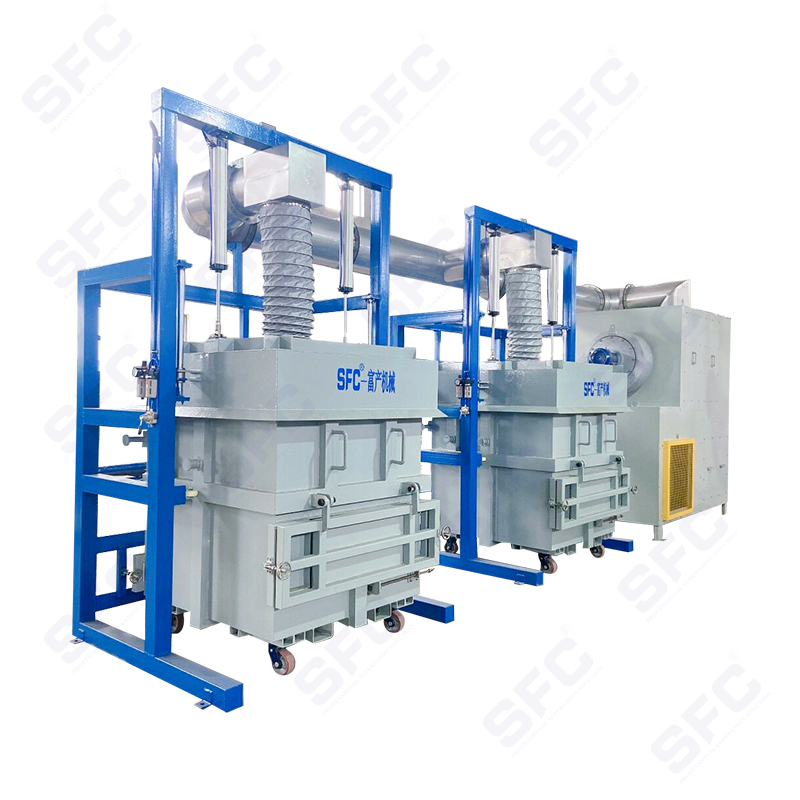



 English
English Español
Español
